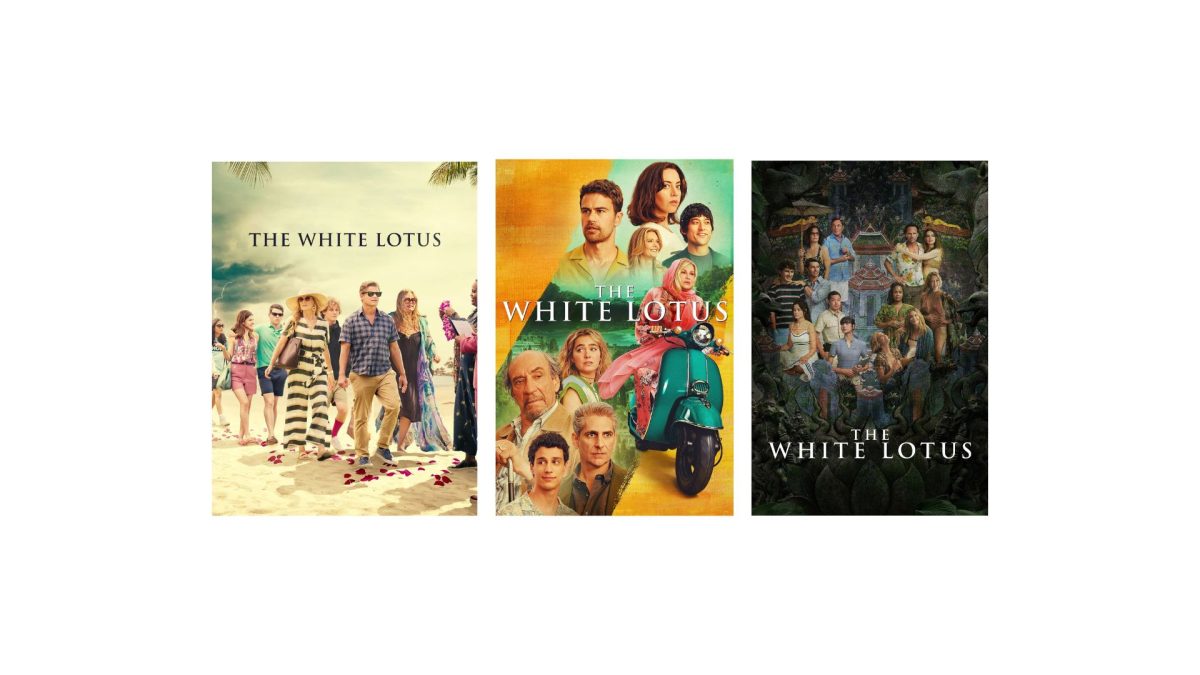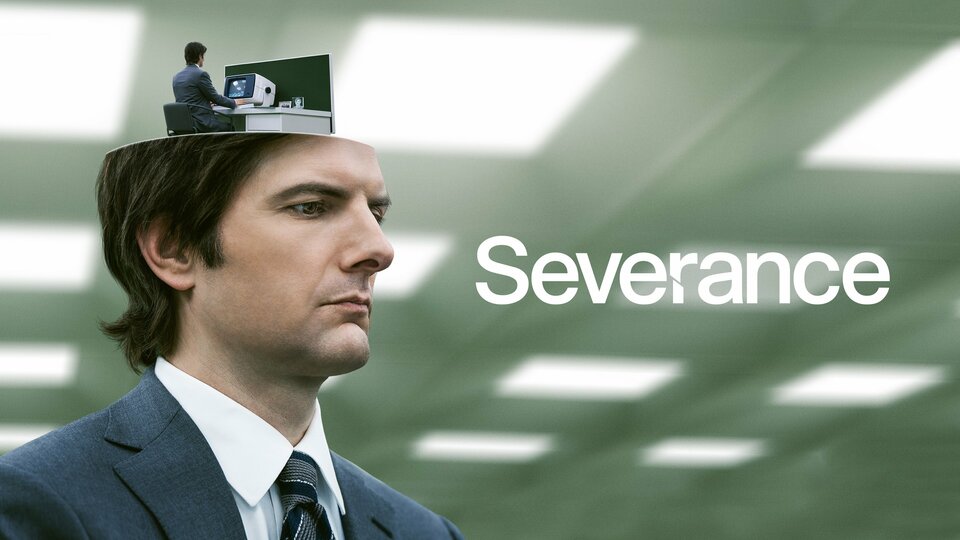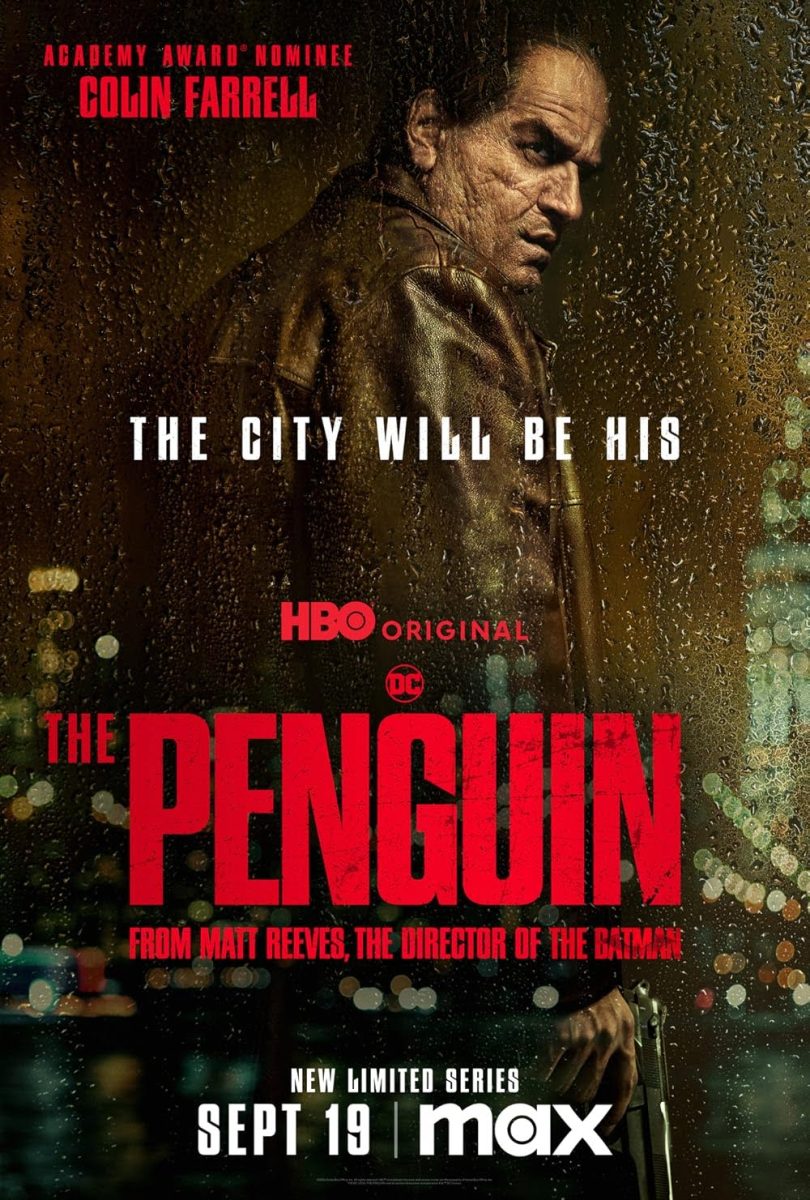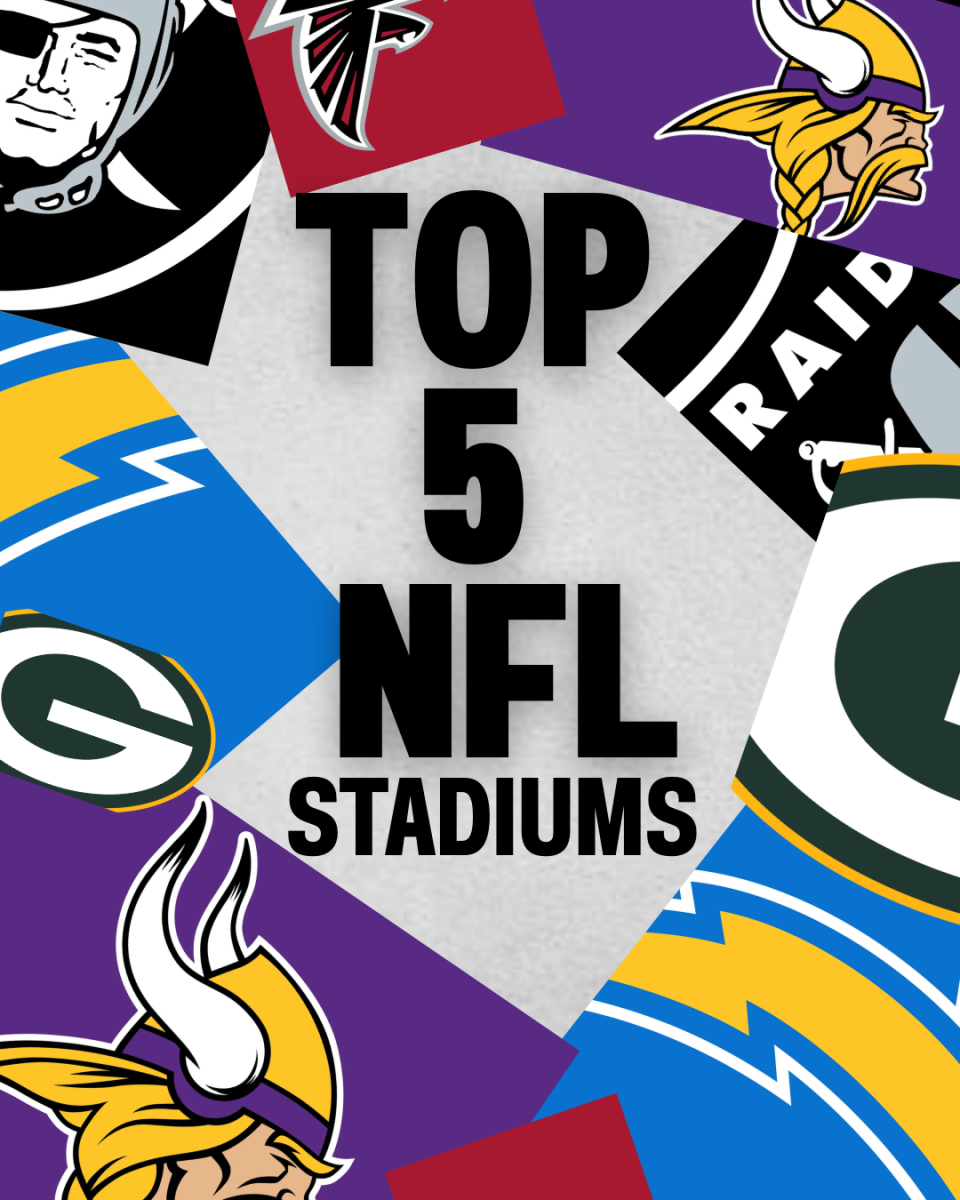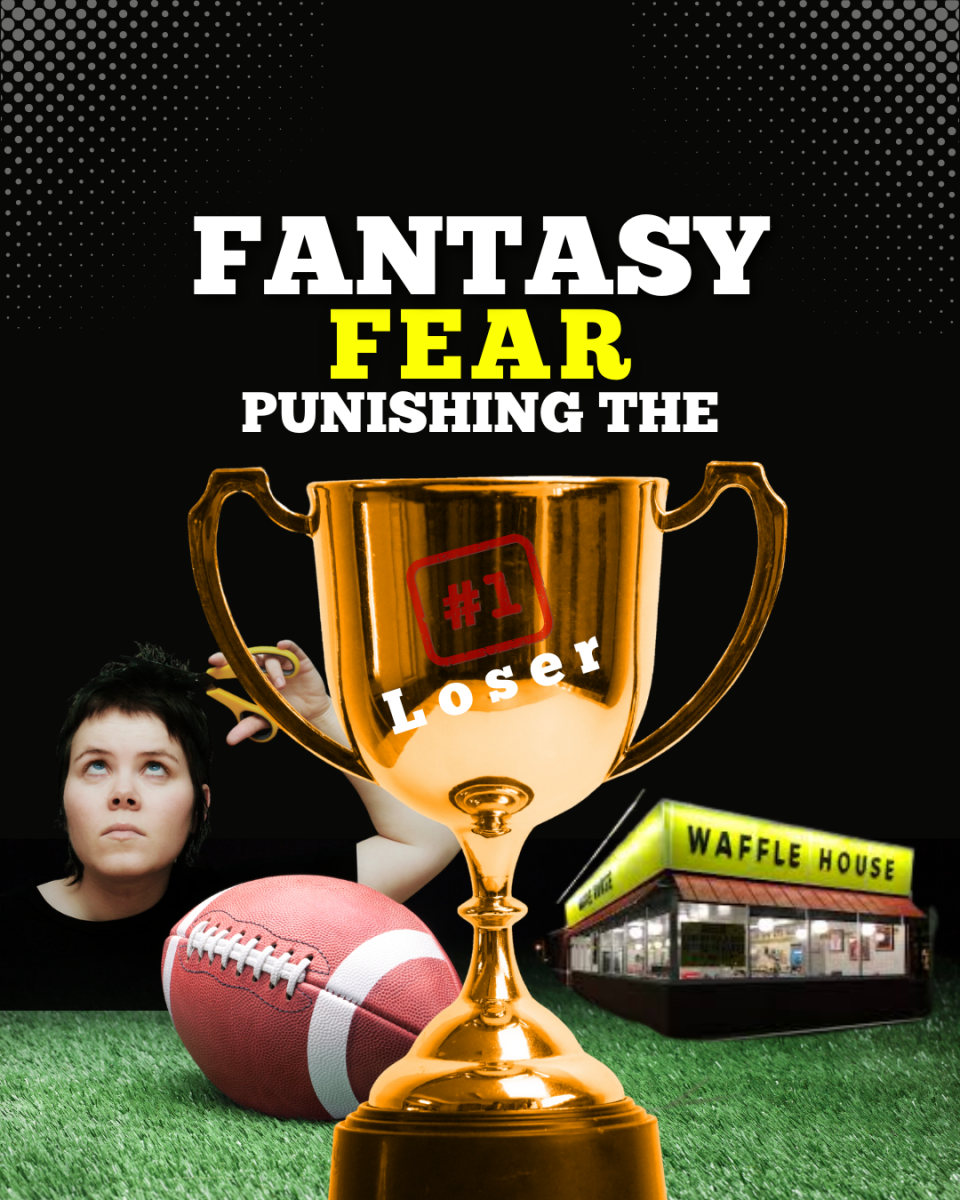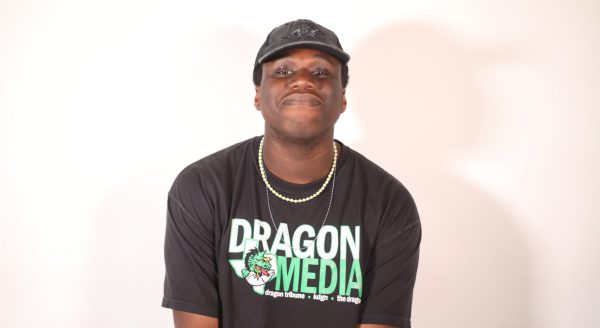American band Deerhoof’s 20th studio album, “Noble and Godlike in Ruin”, came out this April on Joyful Noise Recordings. It received widespread praise—Pitchfork described it as “coarse [and] raucous”, Far Out Magazine said it “[reminds] us how creative the human brain can truly be”, and The Needle Drop’s Anthony Fantano labelled Deerhoof one of the most exciting indie bands out. But Spotify users will struggle to find it. In late June, Deerhoof pulled its music from the site in response to executive chairman and former CEO Daniel Ek’s involvement with AI-weapons manufacturer Helsing, a company he chairs and has invested $694 million in through his fund, Prima Materia.
But this is only one of many moves that have eroded the company’s relationship with the artists who use the platform. From low pay to exploitative policies, the company’s track record has long made it difficult for artists to stay on board. So for Deerhoof, the decision to leave Spotify wasn’t an attempt at protest. In fact, as founder and drummer Greg Saunier puts it, their goal was much more modest.
“We simply refused to play along any further,” Saunier said. “For our own mental health.”
Complaints about Spotify are nearly as old as the platform itself. In 2014, as she was gearing up to release her album “1989”, Taylor Swift famously decided to pull her music from the Swedish company’s catalog, complaining about the lack of value she felt the platform placed on art. Later, in 2022, artists like Neil Young and Joni Mitchell removed their catalogs from Spotify in response to its refusal to effectively moderate the controversial podcast “The Joe Rogan Experience”. And countless independent acts have long voiced similar frustrations.
Chief amongst them is money. Spotify pays about $0.003 per stream—far less than competitors like Apple Music and Tidal. In fact, Deerhoof makes much more from touring, Saunier notes, but that isn’t a luxury most artists have.
“It is common to consider Spotify’s payment rate to the musicians who make Daniel Ek so rich to be extremely low,” Saunier said. “I’m not actually aware of a single person—musician or listener—who thinks it’s even close to fair. But as far as it being common to make more money from touring, no. That is not common. Making a living from touring is, in fact, incredibly rare.”
For Deerhoof, a band that has released 20 studio albums over the last three decades, there has been a noticeable downturn in profits since streaming began to overtake other formats of music. Saunier emphasizes, though, that physical sales remain an important part of income.
“The shift has been gradual over 30 years,” Saunier said, “and it’s difficult to make a precise calculation of how the change in formats has affected our income. There are so many other factors: not every album got equal promotion, had equal costs or garnered equal response. But there’s no question that the amount of money a musician can make from recorded music has gone down drastically, if gradually.”
Twenty years ago, physical album sales made up more than 90 percent of revenue from recorded music. But today, streaming accounts for about 84 percent, according to the Recording Industry Association of America. On Spotify, that money doesn’t go directly to musicians—instead, that money is doled out to them based on total listening percentage. The exact payout of money per stream varies, but on average, a musician would need 800,000 monthly streams to equal a $15 hourly wage. In 2024, Spotify made that even harder by requiring tracks to be streamed at least 1,000 times in a year to earn royalties, a move it claimed would redirect money from “bad actors” to professionals. But only 13 percent of music on the platform reaches that threshold, and some industry executives estimate that the shift cost independent artists almost $47 million. The impact wasn’t only financial–it also left many artists feeling like their art was being devalued.
“When you put a number on it, you’re putting a number on art. That’s a slippery slope to be on,” musician Ando San told The Guardian. “Regardless of how many streams you have, it’s still your music and your art.”
Since 2016, Spotify has also faced accusations over its “ghost artists”—pseudonymous easy-listening artists that appear in its editorial and algorithmic playlists. In 2024, Harper’s Magazine published a report by music journalist Liz Pelly, who levied serious allegations against the streaming giant. Pelly said that Spotify has partnerships with “a web of production companies” that create music the streaming giant benefits from financially, as well as a team of employees working to spread these songs across their platform. According to Pelly, this initiative is internally referred to as “Perfect Fit Content”, or PFC, and is an attempt from the streaming service to reduce the royalty costs it pays out to real recording artists.
Spotify has routinely refuted all claims related to “ghost artists” and denied any accusations of trying to artificially inflate the streamshare of PFC, but Petty said she found evidence of Spotify’s strategic programming team discussing how to increase the PFC’s streamshare. This report coincided with a turbulent time period for Ek’s company, and the story quickly spread. It appeared everywhere from VICE to The New York Times, and reached further media presence when Pelly’s book, “Mood Machine”, was released this year.
“The so-called ‘fake-artist’ story is something people have been talking about since 2015 or 2016,” Pelly said in an interview in Rolling Stone. “I had kind of just assumed it was these DIY hustlers trying to game the system…so to learn that the so-called ‘fake artists’ are actually an organized program within Spotify…was extremely surprising to me.”
But the issues that plague Spotify aren’t unique to the Swedish tech giant. And—especially for artists—there aren’t many good alternatives.
“No one in Deerhoof streams music or has an account with any of those enormous, disgusting corporations,” Saunier said. “So we’re not going to be a good source of information about what great enormous corporation out there provides a…remotely acceptable deal to the musicians whose labor makes the money for those multibillionaires.”
While Spotify’s stream rate is uniquely low, the rates offered by other platforms aren’t much better. Tidal and Apple Music both pay around a cent per stream, and YouTube Music and Deezer’s rates can get as low as just a tenth of a cent.
So how can a fan support their favorite artists and still enjoy the music they love? Saunier’s solution is simple.
“We buy music,” he said.
“Noble and Godlike in Ruin” is available for purchase on Bandcamp, a website that allows fans to purchase music from the artists themselves and lets artists keep a substantial amount of the money made from their sales. According to Saunier, buying music this way also allows fans to develop their own personal collections, something that used to be much more commonplace.
“What was popular before streaming was actually MP3s,” he said. “This is my preferred format as a listener. Each person had a digital music collection.”
Many bands and artists, like Deerhoof, also have options on their websites to purchase their music directly from them or their label. On the Joyful Noise Recordings website, for example, you can find “Noble and Godlike in Ruin” available for purchase either digitally or physically. Purchasing music directly from the artists can also help the listener forge a deeper personal connection with the art.
“I enjoy albums more when I personally own them on CD, vinyl or digital,” sophomore Charlie Cartwright said. “I always feel part of ‘the club’ when I purchase music straight from artists. I love albums so much more because of that. I feel so much more connected to the artist, having bought it straight from them.”
But switching methods completely can still prove difficult. Most users, like Cartwright, have used Spotify for years.
“I haven’t done enough research,” Cartwright said. “Mainly because I’m frightened of finding something weird and having to switch platforms. I’ve been using Spotify since the fifth grade. It’ll be odd to start all over.”
But for Saunier, the priority isn’t comfort. It’s creating an environment that works for musicians.
“Eventually, we hope to remove our music from all corporate streaming services,” he said. “If a listener does actually love an artist, they’ll know better than to demand that artist make their music available basically for free.”
